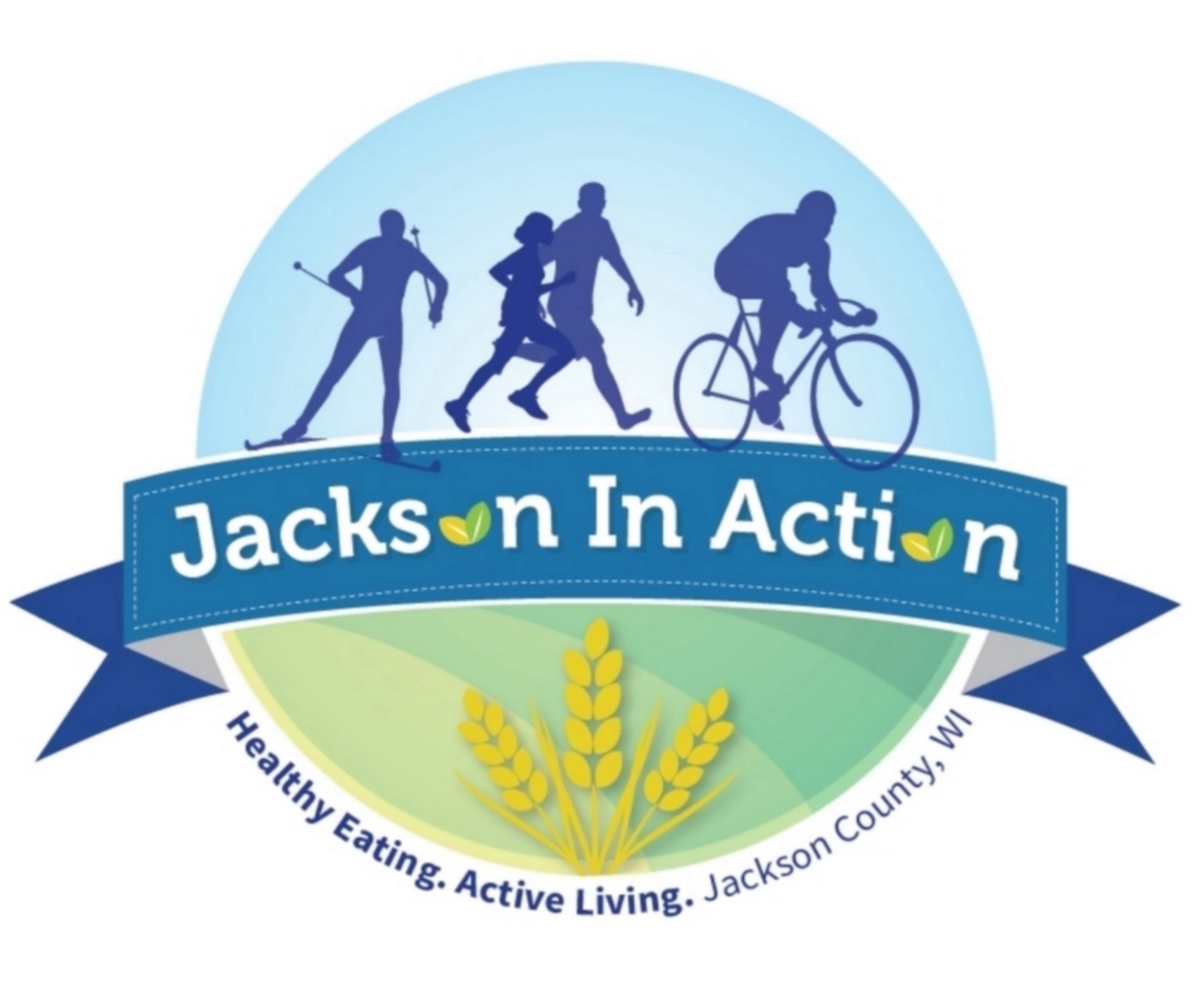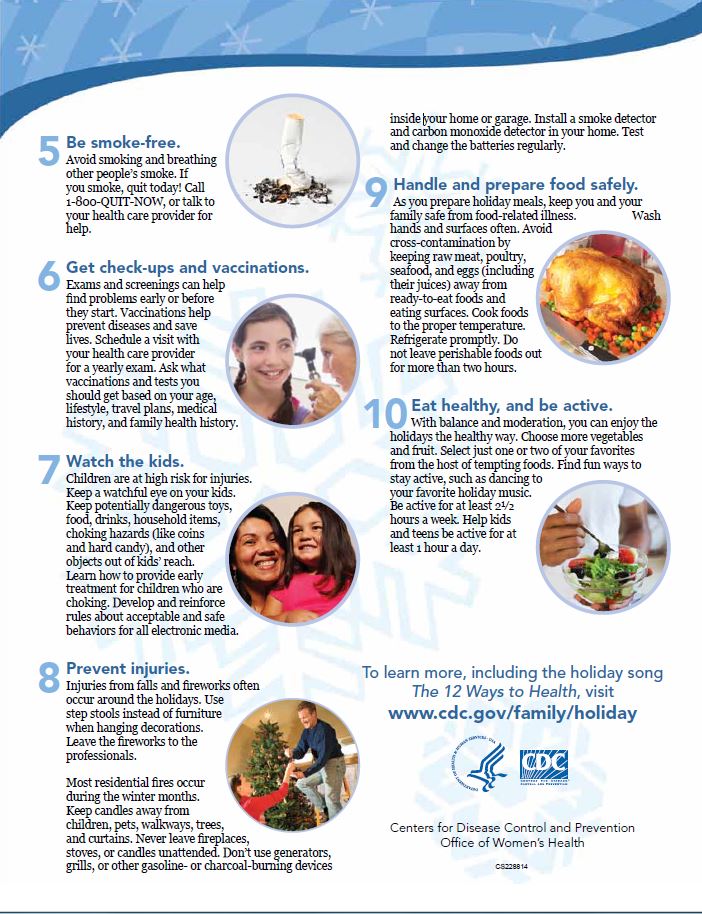By Eliza Short, RD, Communications Coordinator for JIA
Although kale is often in the spotlight as a “superfood,” it is very similar in nutrition to other dark leafy greens. If you don’t enjoy the bitter taste of kale, there are many other nutritious greens to choose from. By mixing a variety of greens together, you can optimize the variation of nutrients you consume. Below is a list of greens- all are rich in fiber and folate, along with many other vitamins and minerals!
- Spinach
- Arugula
- Swiss Chard
- Collard Greens
- Red and Green Leaf Lettuce
- Romaine Lettuce
- Mustard Greens
- Butterhead Lettuce
Are you out of ideas for spicing up your typical salad? Use the steps below to make a new and exciting salad creation!
Step 1: Choosing the green(s)
- Use the list of greens above to mix and match your favorites!
Step 2: Diversify your salad by adding unique grains and proteins!*
- Cooked lentils (prep time ~15-20 minutes)
- Cooked wheat berries (prep time ~1 hr)
- Beans: black beans, chickpeas, kidney beans, or your favorite!
- Baked tofu (prep time ~30 min)
- Nuts: Pine nuts, slivered almonds, cashews, pecans, walnuts, or your favorite!
- Seeds: sunflower, pumpkin, chia seeds, or your favorite!
- Sliced chicken breast (baked in the oven prep time ~60 minutes)
- Quinoa (prep time ~10-15 min)
Step 3: Choose your favorite veggies and fruit!
- Apples, Pears, Plums, Peaches
- Citrus: orange, grapefruit
- Berries: Strawberry, blueberry, raspberry
- Grapes
- Sweet bell peppers (any color)
- Shredded carrots
- Avocado
- Sliced raw beets or radishes
- Broccoli, Cauliflower
- Sliced cabbage
Step 4: Add a serving of cheese and/or your favorite salad dressing!
- Goat cheese
- Feta cheese
- Parmesan
- Cheddar
- Simple homemade dressings:
- Olive oil and balsamic or red wine vinegar
- Olive oil with lemon juice
*Note that you can prep the ingredients in advance to building the salad
Harvest of the Month
On Wednesday, April 25th, from 11:30-12:30pm, join Registered Dietitian Ruth Lahmayer Chipps at Black River Memorial Hospital for a Harvest of the Month recipe demonstration featuring mixed greens. Taste tests and recipes will be provided.




































